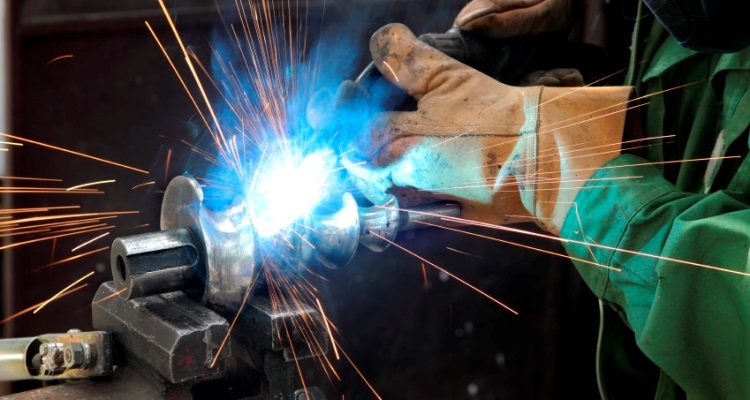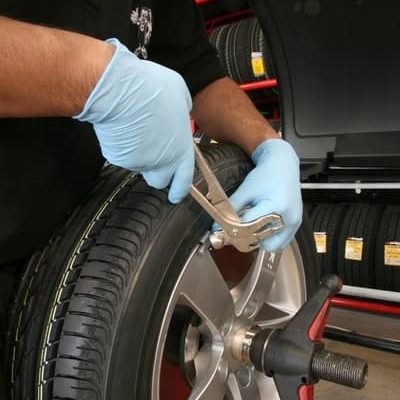Today there are many welding processes out there. The basic process used for welding metals is to fuse them by heating the metal in a controlled environment and then cooling it down and hardening it again. This is known as flux-cored welding and can be used on most metals, even other types of flux such as Ti, Zr, Cobalt, Niobium, Rhodium, Tantalum, Magnesium, etc. Another process that can be used to weld in a controlled environment is TIG welding where the steel being welded is heated to a certain temperature and has some type of flame or heat source that ignites the metal. This blog will tell you everything about welders Guide For MIG TIG Flux Core Welding.
There are a few different types of welding that can be used today. There are gas arc welding, spot welding, plasma cutting, and continuous welders all of which can all be used to weld metals and other metals in a controlled environment. But the most popular and widely used welding process today is Gas Metal Arc welding (GMAW). This is because it does not require high temperatures as compared to other types of welding, as well as the fact that it is very durable. So if you are going to weld something in a controlled environment, then this is the best option.
To weld using the GMAW process, there are several things that you will need to do. First, you will need to take your plasma cutter along with the other tools that are needed for the welding process. Once the welding is done, you will need to bring the piece that was welded back to its original shape with a grinder and then allow it to dry naturally. Welders Guide For MIG TIG Flux Core Welding-
Making the Right Use of Gas and Proper Procedure in Mig Welding
To weld correctly it is important that the skilled operators properly apply the proper guidelines to perform the task. Mig welding should not be made the first welding method to choose when you are trying to learn how to weld. This is because there are numerous cases of improper mig welding causing serious damage to the metals being welded. Make sure you choose the correct procedure for mig welding and also make sure that the particular metal you are welding is not capable of undergoing proper welding. Here are some steps you can follow in learning how to mig weld using a specific metal.
The most common case of improper mig welding is done when the operator begins to put on the gas first. This is important because if the right procedure is followed and the metal is heated up, the heat must first be removed. When the gas first is added, it cannot reach the metal and must be released. When this is completed, you can then insert the welding wire into the correct hole and get ready to begin the process. You should keep in mind that although there are experts who know how to mig weld a specific metal, this can be tricky especially for the novices out there.
When using a specific metal, the operator must do some practice before trying the task. This will help the operator to become familiar with the way to make the metal bend and also help ensure that the metal is also capable of welding under the pressure of high temperatures. This will also help prevent any nasty surprises when a dangerous situation comes up. Following the proper procedures will also help the operator avoid the common problems with high temperatures that can sometimes result in burns.
What Is TIG Welding?
TIG welding is used as a method of welding metal to another metal. The process involves the application of high-intensity electric current or gas to a continuous weld to produce a weld that is stronger and has a higher resistance to abrasion. It is a common technique used in industry for the fabrication of structural components. This method is often combined with other methods such as bolting, soldering, punching, and bead blasting to fabricate parts of different thicknesses. When choosing the proper welding type for your projects, it is important to determine the welding specifications needed for the project. This will help you decide on the proper type of material to use for each task.
The most common type of tig welding is the one referred to as gas in welding. This method of welding uses gas tig welding with a hot electrode and a cool electrode. With this method of welding, the electrode heats the metal while keeping the cool electrode below the heated metal. This allows for a much greater workpiece to be welded without the need for extra welding arc spots. This method also gives a better weld to the surface that surrounds the weld area. This welding method also allows for a much tighter weld. Other methods such as the soldering or the needle edge arc require more heat, a larger arc, and require a very intense spark to ignite the metal. Visit Welding Machine Reviews for more methods of welding with different types of metals and guide,
TIG welding has been around for years and is used widely in the construction industry as well as marine and defense industries. An important characteristic of the welding is that it can weld any metal that it touches to another metal. When selecting an electrode and a wire to use, you must be sure that the current-carrying capacity of the wire is adequate to handle the amount of current being supplied. Choose a wire that is rated at a minimum of 250A and preferably at least 600A.
Flux Core Welding
Flux core welding is a welding process that uses a flux of hot iron. This flux has a larger surface area on which the weld can be bonded. There are three types of flux cores used in this type of welding: Kwik Chromated, Flux Nickel Chromated, and Flux Alumina. The flux chromate is an alloy that consists of a carbon-containing metal such as nickel and chromium. This metal is heated at high temperatures and the ends of the fluxes have a coating of metal that protects the inside from the heat of the flux.
The Flux Nickel Chromated is a flux that contains nickel and chromium. The main difference between fluxes that contain nickel and those that do not is that chromium allows for more conductivity than a nickel. This type of flux is used in long strips. With this type of flux, it is possible to fit the strip into a groove in the workpiece. This is helpful because it is easier to hold the flux strip while it heats up and when it cools down. Flux Alumina is pure aluminum and when the metal is melted, it does not fuse, so the iron particles bond together and expand into a flat ribbon or ring.
Fluxes that are used for c
Core welding generally come in pewter and there are many colors to choose from. Pewter has a golden tone to it and can be hammered and shaped like a bead. It can also be plated with silver or gold. It is easy to create precise patterns that are needed for this type of work. To learn more about flux welding, and the different types of flux that are available, visit our site below.





